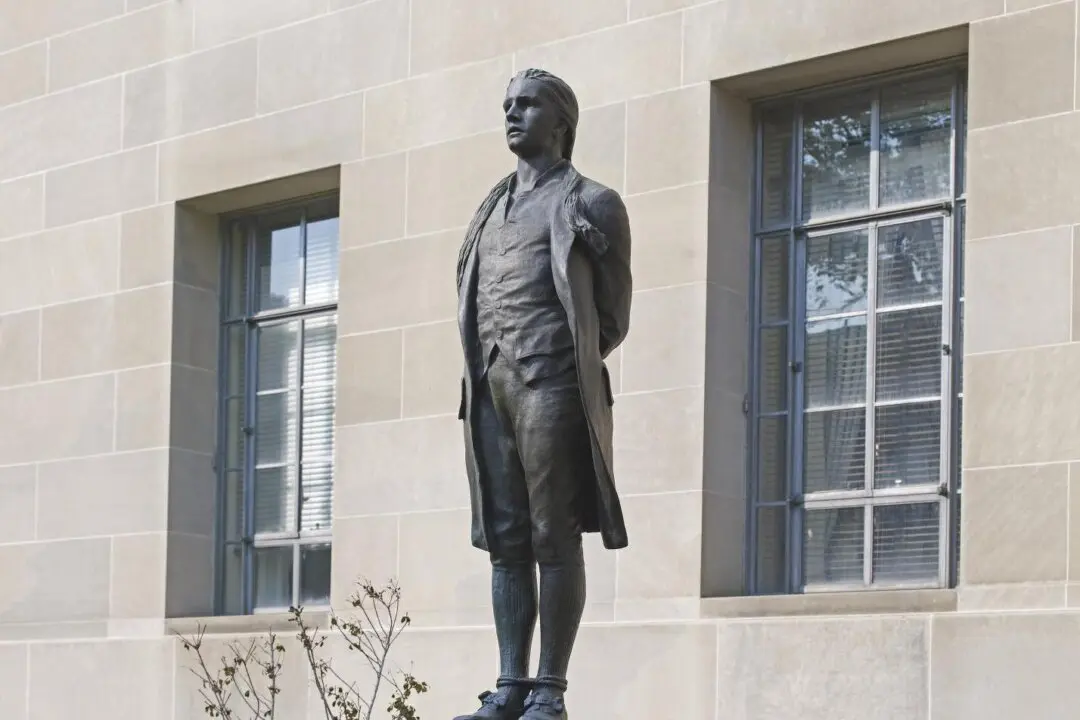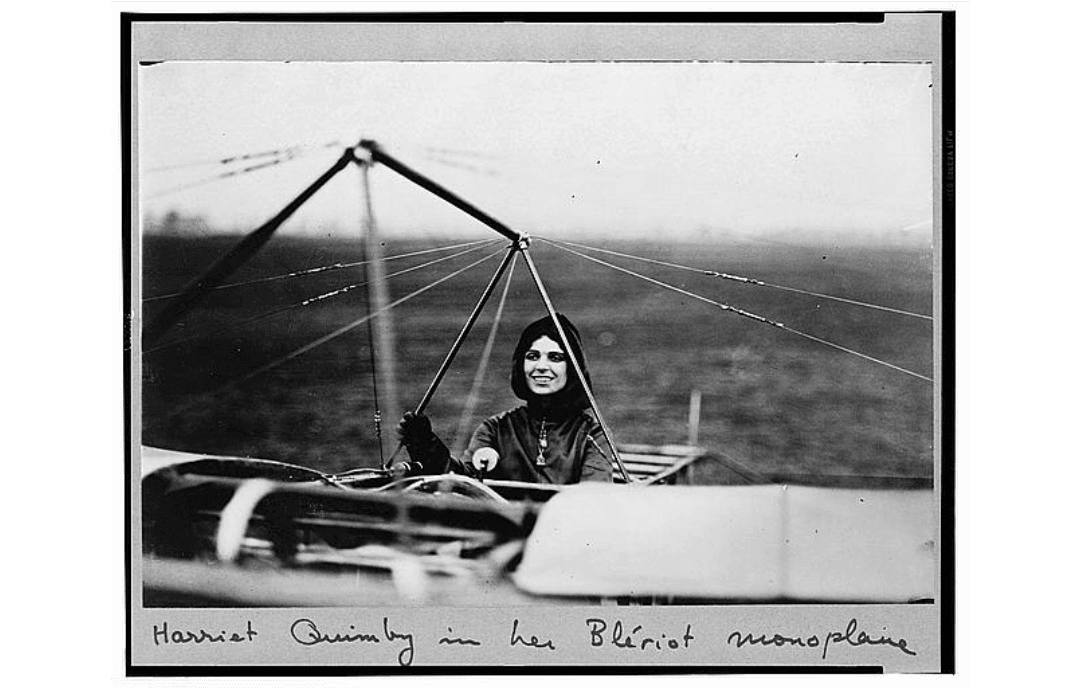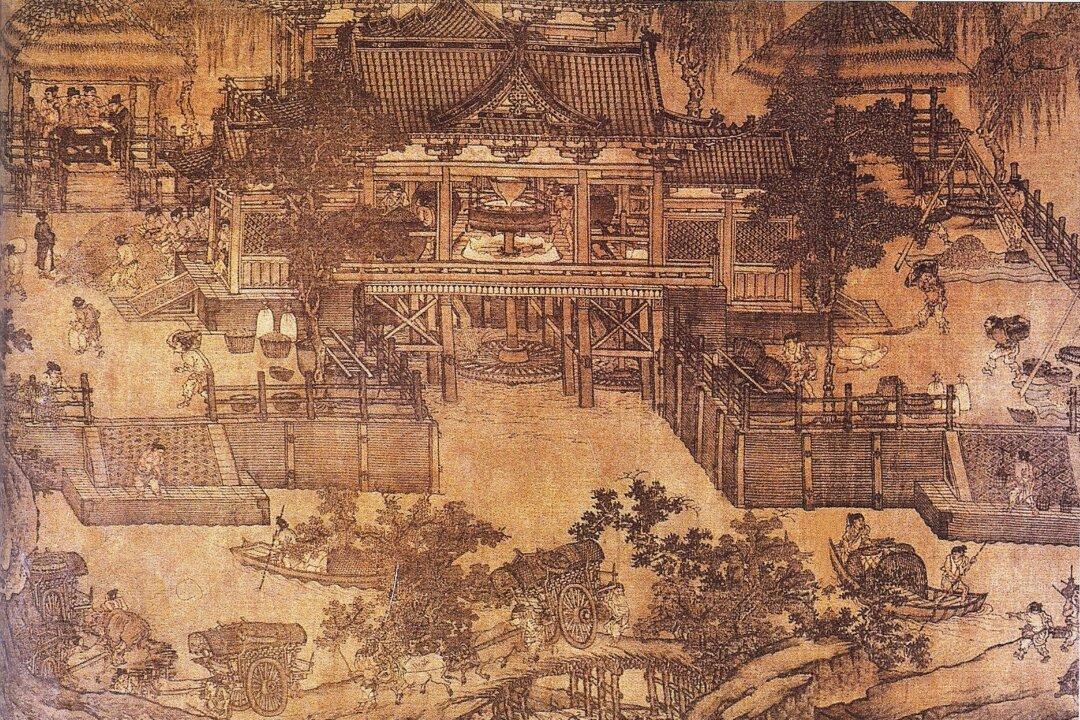The year is 1806. You are 23 years old, living in New England, and searching for a way to make a fortune. You have already declined an opportunity to attend Harvard at your father’s expense because for the past 10 years, business was your fascination. Now out on your own, you need to settle on an established trade or start an altogether new one.
Here’s an idea: Cut giant ice blocks out of ponds in wintry Massachusetts and put them on a ship bound for some steamy-hot Caribbean islands, a journey of two weeks or more. There you will sell the ice to people who have probably never seen frozen water in their lives. After the natives get a taste of your ice, there will be no end to their demand for it. Go into debt to finance this because in the long run, it’s a sure thing!






